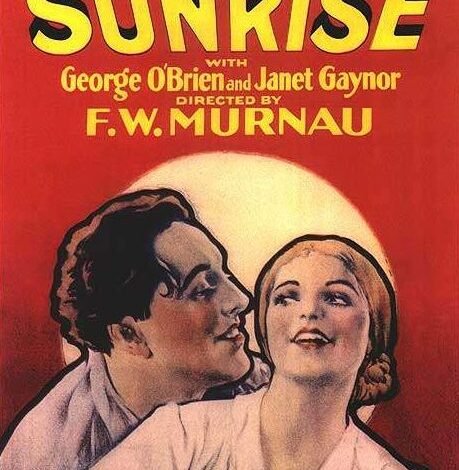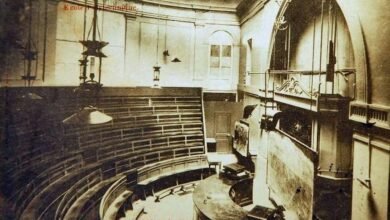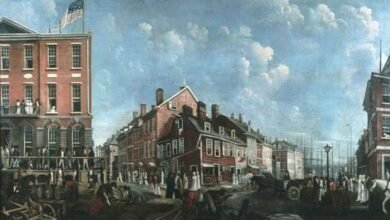Birthplace of Sound Film Re-Opening for Public Tours


 While attending Yale University, Theodore (Ted) Case explored his love of science through the transmission of light and the reproduction of sound, developing a method of photographing sound waves which he referred to as a “lightograph.”
While attending Yale University, Theodore (Ted) Case explored his love of science through the transmission of light and the reproduction of sound, developing a method of photographing sound waves which he referred to as a “lightograph.”
Upon his return to Auburn, NY, Case would establish laboratories in the basements of the family homes on Genesee Street and Casowasco on the shores of Owasco Lake. When his father inherited the Willard Mansion, the two restructured one of the greenhouses on the property into a working laboratory: The Case Research Laboratory.
From the production of solar energy to the development of an infrared signalling system for use during World War I, the Laboratory closely followed the whims of Case’s scientific interests, and with the help of skilled workers such as Earl Sponable, the Laboratory would begin to make a name for itself in the production of advanced technology utilizing infrared light.
This research and development was largely possible due to the Cases’ independent wealth. When Ted Case’s father died in 1918, he came into full ownership of the homestead and laboratory and continued to transform the former greenhouse into a groundbreaking research facility.
By the early 1920s, Case was finding outside interest in his Thalofide Cells, photoelectric bulbs sensitive to red and infrared light, which proved highly versatile in the research and commercialization of a variety of projects around the world.
Of particular importance was its use by Lee de Forest in the development of his Phonofilm system, an early method of transmitting sound directly onto a film strip.
Case developed the Thalofide Cell further, and by December of 1922, he developed a new version of the Cell which he eventually referred to as the AEO Light. This perfected cell would become the key to making early synchronized sound film.
In 1924, frustrated with the continued limitations of a less effective sound film recording system, Case and Sponable retrofitted a Bell and Howell camera, developing an effective sound recording camera they tested in the Carriage House on the Willard Mansion Campus (now the Carriage House Theater).
Vaudeville acts, comedy duos, local musical groups, major figures in Auburn all were recorded as the system was perfected. When de Forest Phonofilm arranged to record the sitting president (Calvin Coolidge), Case and Sponable used their superior camera for the task, which de Forest claimed for his company as well as all of the credit for the recording of Coolidge.
By 1926, Case searched for new partners and eventually he and Earl Sponable had the opportunity to demonstrate their system to William Fox, the head of Fox Film Corporation.
Impressed by the quality of the work, Fox and Case created a formal partnership with the creation of a new subsidiary, Fox–Case Corporation. Case’s system was from then on referred to as the Movietone system, one of the four dueling sound film producing systems alongside Vitaphone, RCA Photophone, and Phonofilm (which Case also had been instrumental in developing).
With the Movietone system now developed, Fox was well placed to dominate early sound film: producing newsreels to be debuted before silent feature films.
By the summer of 1927, Fox created the first sensation in sound film with a Movietone Newsreel which included Charles Lindbergh’s take-off from New York to Paris.
By September of that year, the Movietone system was used to create the soundtrack of the first sound-on-film feature movie: “Sunrise: A Song of Two Humans.” A technical marvel, the artistic movie was quickly surpassed in recognition two weeks later by the Warner Brothers production “The Jazz Singer” starring Al Jolson.
The latter stirred such a sensation with audiences hearing Al Jolson speak that it quickly led to the quick surpassing of sound film over silent film, despite frustrations with its Vitaphone sound-on-disc system leading to technical errors, particularly lag between the image and sound.
1927 saw the complete transformation of the film industry to sound film, as well as the shift of the film industry from New York and Northern New Jersey to California.
Case Research Lab Tours
The Case Research Lab will once again be opening for in-person tours. After about a year-long hiatus, the former laboratory founded by Theodore Case will be available to explore.
Visitors can explore in-depth the story of the Case Research Lab and the dozens of workers who together envisioned one of the most influential innovations of the 20th Century.
If you are visiting with young ones, be sure to check out the Kid’s Corner of the Case Lab with science experiments and hands-on activities designed specifically for your creative explorers.
Guided tours of the Case Research Lab are available on the half-hour from Wednesdays through Saturdays from 10:30 am until 3:30 pm with admission to the Cayuga Museum ($12).
Joint passes to the Cayuga Museum and Schweinfurth Art Center are also available. Children under 12 and Cayuga Museum Members are free, and admission for
families with children 12 and under is free on Saturdays.
The Cayuga Museum is located at 203 Genesee Street in Auburn, NY. Free parking is available in the lot behind the Museum or on Genesee St.
Tours of the Case Research Lab are supported in part by the Case Research Lab sponsor, the Technology Alliance of Central New York (TACNY), which supports all STEAM programming at the Cayuga Museum in continuance of the Lab’s legacy of scientific discovery.
Visit their website to learn more.
Read more about film history in New York State.
Illustration: A poster for the first sound-on-film feature movie Sunrise: A Song of Two Humans, 1927.
Source link




